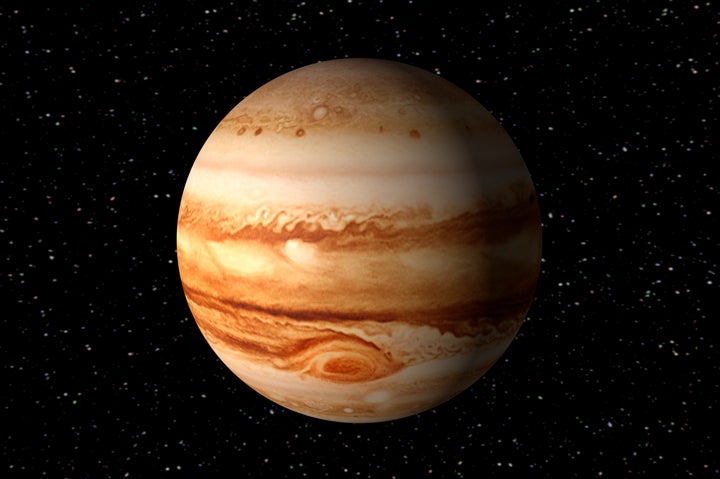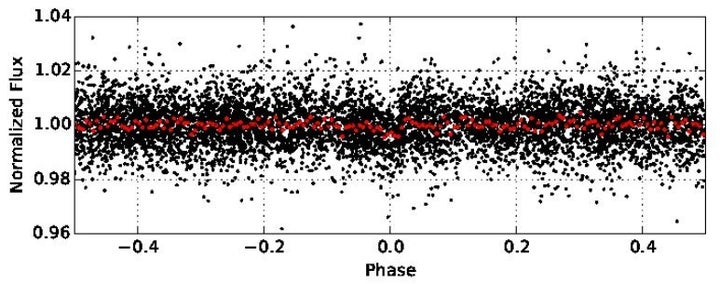Astronomers have discovered a highly inflated gas giant nearly twice the size of Jupiter orbiting a 2bn-year-old star.
The planet is one of the most inflated “hot Jupiters” ever detected with a radius 1.79 times the size of our solar system’s biggest planet.
The rapid expansion of the exoplanet is a fate that often befalls gas giants towards the end of their parent star’s life.
But the international research team behind the discovery haven’t yet determined exactly why the planet has swollen so much.
Scientists believe the inflation is either caused by a deposition of energy from the host star, or due to inhibited cooling of the planet.

The newly discovered world is circling a mildly evolved star (Kelt-12) in a tight orbit lasting just a few days.
Despite its mammoth size, the planet is actually slightly less massive than Jupiter.
The process of inflation appears to have significantly reduced the planet’s density, according to the scientists.
The astronomers, led by Daniel Stevens of the Ohio State University, explained in a paper the techniques used to detect the planet:
“We identified the initial transit signal in the KELT-North survey data and established the planetary nature of the companion through precise follow-up photometry, high-resolution spectroscopy, precise radial velocity measurements, and high-resolution adaptive optics imaging.”
The scientists hope that the discovery of more “hot Jupiters” will shed light on the process of inflation.

